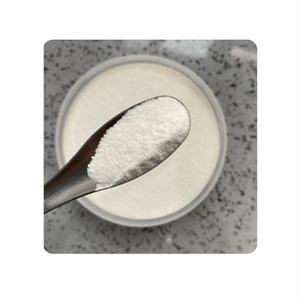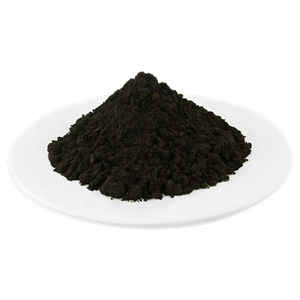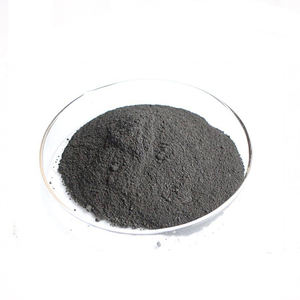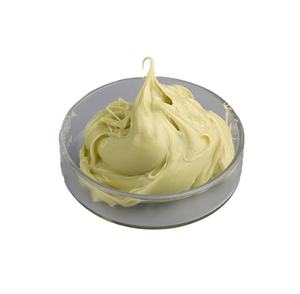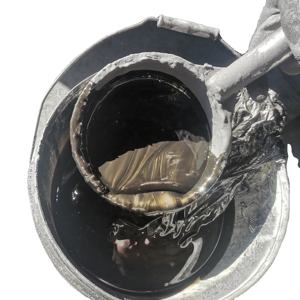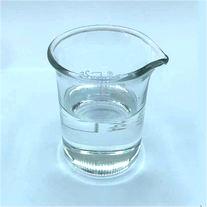One-stop lubrication solution | Discover the way to smoothness | Infomak
(Cutting Coolant: Chlorine-Free Cutting Oil for Precise Industrial Applications)
**Smooth Cuts, Clean Machines: How Chlorine-Free Oils Are Changing the Game**
(Cutting Coolant: Chlorine-Free Cutting Oil for Precise Industrial Applications)
Imagine a workshop where metal meets blade without a screech, smoke, or toxic fumes. This isn’t a futuristic fantasy. It’s happening right now, thanks to a quiet revolution in cutting fluids. Chlorine-free cutting oils are stepping into the spotlight, and they’re here to prove that clean tech can handle the heat of heavy industry.
Cutting fluids have always been the unsung heroes of machining. They keep tools cool, reduce friction, and stop metal parts from wearing out too fast. For decades, chlorine-based oils ruled the scene. They worked well under pressure, especially in tough jobs like aerospace or automotive manufacturing. But there’s a catch. Chlorine brings baggage. It’s harsh on machines, risky for workers, and leaves a nasty mark on the environment.
Enter chlorine-free cutting oils. These new formulas are shaking things up. They ditch the chlorine but keep the power. How? Modern chemistry. Advanced additives like sulfur, phosphorus, and plant-based esters step in to do the heavy lifting. They create a protective layer between the tool and metal, slashing heat and friction without the toxic side effects.
Performance is key in industrial settings. A weak cutting fluid can mean scrapped parts, broken tools, and wasted time. Chlorine-free oils aren’t here to play nice—they’re here to win. Tests show they match or even beat traditional oils in extreme conditions. High-speed milling, deep drilling, precision grinding—these fluids stay stable. Tools last longer. Surfaces stay smooth. Factories save money on replacements and downtime.
Safety is another win. Chlorine-based fluids release harmful vapors when heated. Workers end up breathing in irritants that can cause lung issues or skin reactions. Chlorine-free oils cut that risk. They’re gentler on skin and lungs, making workshops safer without sacrificing performance. Less protective gear, fewer sick days, happier teams.
The planet benefits too. Chlorine doesn’t break down easily. It lingers in wastewater, contaminating soil and water. Switching to chlorine-free options means less pollution. Many of these new oils are also biodegradable. Factories can recycle or dispose of them safely, aligning with global pushes for greener manufacturing.
Cost used to be a sticking point. Early chlorine-free oils were pricier than traditional options. That’s changing. As demand grows, production scales up. Prices are dropping. Plus, the long-term savings—healthier workers, lower waste costs, fewer environmental fines—make the switch a smart investment.
Industries from medical device makers to renewable energy firms are jumping on board. A German auto parts supplier recently swapped to chlorine-free oils and saw tool life spike by 20%. A wind turbine manufacturer in Texas reported smoother cuts and fewer fluid changes after making the switch. Even small machine shops notice the difference.
The shift isn’t just about keeping up with regulations. It’s about thinking ahead. Factories that adopt cleaner tech today position themselves as leaders tomorrow. Workers stay safer. Products get better. The planet breathes easier.
(Cutting Coolant: Chlorine-Free Cutting Oil for Precise Industrial Applications)
Chlorine-free cutting oils aren’t a trend—they’re the new standard. As tech improves and awareness spreads, more industries will join the movement. The future of manufacturing isn’t just sharp. It’s clean, smart, and built to last.Inquiry us if you want to want to know more, please feel free to contact us. (nanotrun@yahoo.com) hot tags: lubricant,industrial lubricants,lubricating
(Cutting Coolant: Chlorine-Free Cutting Oil for Precise Industrial Applications)

